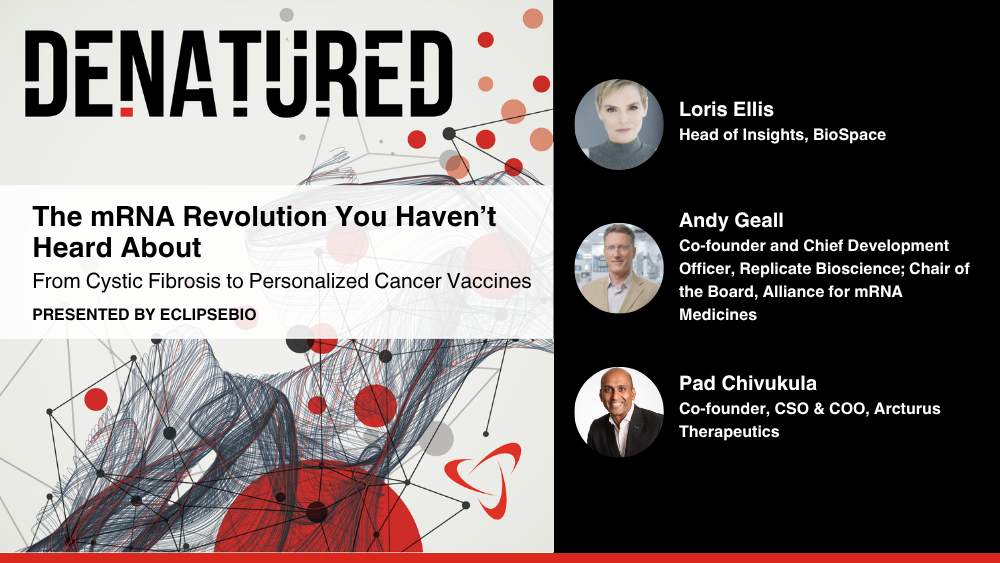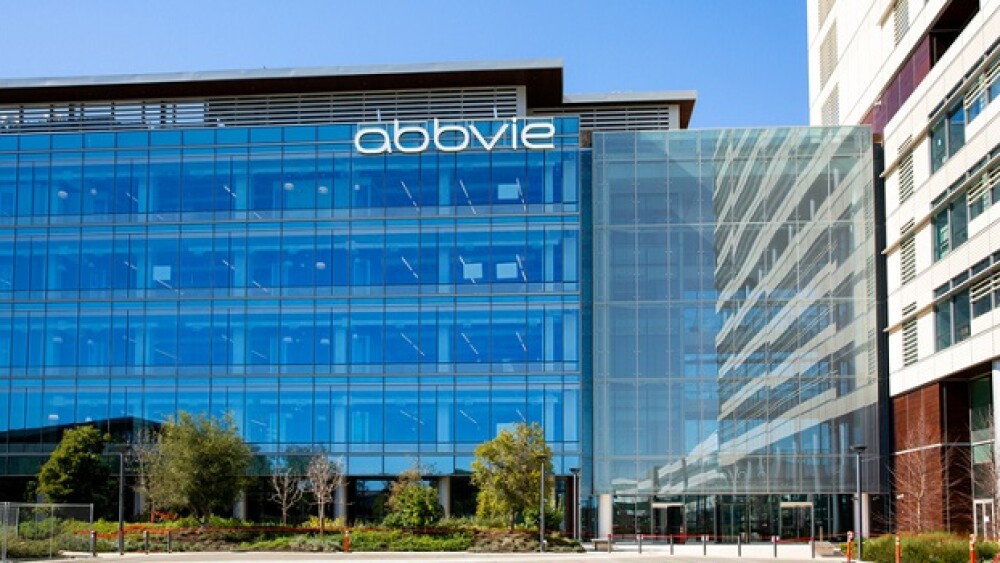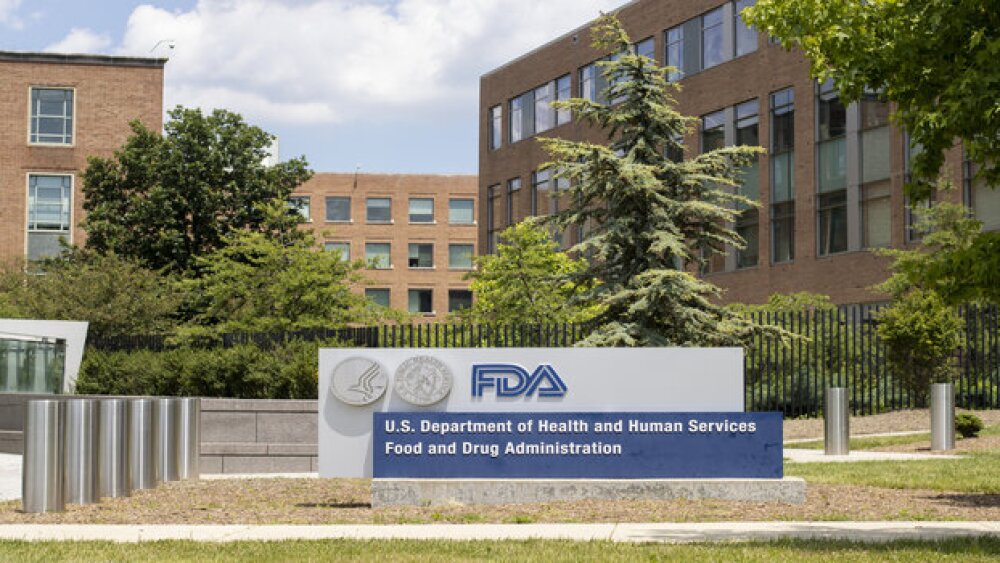Marinus Pharmaceuticals, Inc. (Nasdaq: MRNS) (“Marinus” or “Company”), a pharmaceutical company dedicated to the development of innovative therapeutics to treat epilepsy, depression and other neuropsychiatric disorders, today announced that results from its Phase 2 trial of ganaxolone in Refractory Status Epilepticus (RSE) were presented at the Neurocritical Care Society 17th Annual Meeting in Vancouver, BC.
RADNOR, Pa., Oct. 17, 2019 (GLOBE NEWSWIRE) -- Marinus Pharmaceuticals, Inc. (Nasdaq: MRNS) (“Marinus” or “Company”), a pharmaceutical company dedicated to the development of innovative therapeutics to treat epilepsy, depression and other neuropsychiatric disorders, today announced that results from its Phase 2 trial of ganaxolone in Refractory Status Epilepticus (RSE) were presented at the Neurocritical Care Society 17th Annual Meeting in Vancouver, BC. The results were featured in an oral platform presentation by Henri Vaitkevicius M.D., investigator in the study. As previously disclosed, ganaxolone met the primary endpoint in the study with none of the 17 patients progressing to IV anesthetics within 24 hours of treatment initiation. A target dose of ganaxolone has been identified for advancement to Phase 3 and this is supported by pharmacokinetic (PK) data, presented for the first time at the meeting today.
The newly presented PK data show that the target dose of ganaxolone (713 mg/day) achieved plasma drug concentrations greater than 500 ng/mL for approximately 8 hours, the longest and highest duration of the three dosing groups. A dose response relationship among the dose groups was apparent, with the target dose demonstrating the best and most durable efficacy for the period beginning with commencement of the ganaxolone infusion through the 24-hour period that followed discontinuation of ganaxolone therapy. In addition, the targeted effective plasma concentrations were shown to be generally safe and well tolerated for this severely ill patient population, at concentrations at least 5 times higher than a previously studied neurosteroid.
“We are grateful these data were selected for a platform presentation and recognized by the Neurocritical Care Society,” said Dr. Scott Braunstein, Chief Executive Officer of Marinus. “The efficacy outcomes from our Phase 2 study are particularly compelling, given that 14 of the 17 patients failed first line benzodiazepine treatment, and then failed two or more second line anti-epileptic drugs prior to receiving ganaxolone. These data, particularly at the target dose, show promise to potentially improve patient outcomes by breaking RSE early and avoiding the morbidities and mortality associated with medically induced coma and prolonged hospitalization.”
Previously reported key efficacy and safety findings:
- In 100% of patients (n=17), there was no escalation to IV anesthetics within 24 hours from infusion initiation (primary endpoint).
- Target dose of ganaxolone was identified as 713 mg/day.
- For all patients who received the target dose of ganaxolone (n=8), there was no escalation to additional IV AEDs or IV anesthetics for seizure or status relapse at any time during ganaxolone administration and through the 24-hour follow-up period.
- Median time to status cessation was 5 minutes (n=15 evaluable).
- Ganaxolone was shown to have an acceptable safely profile for the RSE patient population in all dose groups. The safety profile is consistent with ganaxolone’s known mechanism of action.
Henrikas Vaitkevicius, M.D., Neurologist at Brigham and Women’s Hospital, Assistant Professor at Harvard Medical School and Study Investigator, commented, “Status epilepticus is a medical emergency that requires urgent diagnosis and treatment to prevent potentially devastating long-term effects. These data provide compelling evidence that IV ganaxolone has the potential to change the treatment paradigm for RSE with rapid onset of impressive activity paired with a manageable safety profile. Neurosteroids, as a group, are potentially safer and much easier to use than existing treatment options for refractory seizures, and these important results, including the pharmacokinetic data, provide valuable insight for understanding ganaxolone dosing for future studies. I look forward to seeing ganaxolone rapidly advance to Phase 3 development as I believe this is an important new option for patients with limited safe and effective treatments.”
Study Design
The Phase 2 RSE proof-of-concept clinical trial is an open-label, efficacy, safety and PK, dose-finding study conducted at 5 sites in the U.S. The study enrolled 17 heterogeneous patients that received an infusion of IV ganaxolone for up to 96 hours followed by a taper. The three dose groups studied were a low dose (500 mg/day), medium dose (650 mg/day) and target dose (713 mg/day). RSE patients enrolled in the study had failed a mean of 1.8 second line IV AEDs. The primary endpoint for the study is prevention of progression to third line IV anesthetics within the first 24 hours post treatment initiation. Secondary endpoints included safety, tolerability and other efficacy analyses.
About RSE
Status epilepticus (SE) is a rare epileptic seizure of prolonged duration, lasting more than five minutes for convulsive seizures or 30 minutes for non-convulsive. It is believed to affect approximately 75,000 patients in the U.S. each year. SE is a true medical emergency that can cause permanent damage to the brain and even death if not quickly brought under control. SE is first treated with IV benzodiazepines then IV anti-epileptic drugs. Patients that fail second line treatment with IV AEDs, are considered to be in refractory status epilepticus (RSE). There are currently no indicated treatments for refractory RSE. The primary treatment goals of clinicians treating SE are; to stop the patient from seizing immediately, assess and resolve the underlying medical condition, and move the patient towards discharge from the hospital as quickly as possible.
About Ganaxolone
Ganaxolone, a positive allosteric modulator of GABAA, is being developed in three different dose forms (intravenous, capsule and liquid) intended to maximize therapeutic reach to adult and pediatric patient populations in both acute and chronic care settings. Unlike benzodiazepines, ganaxolone exhibits anti-seizure and anti-anxiety activity via its effects on synaptic and extrasynaptic GABAA receptors. Ganaxolone has been studied in more than 1,600 subjects, both pediatric and adult, at therapeutically relevant dose levels and treatment regimens for up to four years. In these studies, ganaxolone was generally safe and well-tolerated. The most commonly reported adverse events were somnolence, dizziness and fatigue.
About Marinus Pharmaceuticals
Marinus Pharmaceuticals, Inc. is a pharmaceutical company dedicated to the development of ganaxolone, which offers a new mechanism of action, demonstrated efficacy and safety, and convenient dosing to improve the lives of patients suffering from epilepsy and depression. Ganaxolone is a positive allosteric modulator of GABAA that acts on a well-characterized target in the brain known to have anti-seizure, anti-depressant and anti-anxiety effects. Ganaxolone is being developed in IV and oral dose forms intended to maximize therapeutic reach to adult and pediatric patient populations in both acute and chronic care settings. Marinus is conducting the first ever pivotal studies in children with CDKL5 deficiency disorder and PCDH19-related epilepsy and has recently release top-line data from Phase 2 studies in women with postpartum depression and patients with refractory status epilepticus. For more information visit www.marinuspharma.com. Please follow us on Twitter: @MarinusPharma.
Forward-Looking Statements
To the extent that statements contained in this press release are not descriptions of historical facts regarding Marinus, they are forward-looking statements reflecting the current beliefs and expectations of management made pursuant to the safe harbor provisions of the Private Securities Litigation Reform Act of 1995. Words such as “may”, “will”, “expect”, “anticipate”, “estimate”, “intend”, “believe”, and similar expressions (as well as other words or expressions referencing future events, conditions or circumstances) are intended to identify forward-looking statements. Examples of forward-looking statements contained in this press release include, among others, statements regarding our interpretation of preclinical studies, development plans for our product candidate, including the development of dose forms, the clinical study testing schedule and milestones, the ability to complete enrollment in our clinical studies, interpretation of scientific basis for ganaxolone use, timing for availability and release of data, the safety, potential efficacy and therapeutic potential of our product candidate and our expectation regarding the sufficiency of our working capital. Forward-looking statements in this release involve substantial risks and uncertainties that could cause our clinical development programs, future results, performance or achievements to differ significantly from those expressed or implied by the forward-looking statements. Such risks and uncertainties include, among others, the uncertainties inherent in the conduct of future clinical studies, the timing of the clinical studies, enrollment in clinical studies, availability of data from ongoing clinical studies, expectations for regulatory approvals, the attainment of clinical study results that will be supportive of regulatory approvals, and other matters, including the development of formulations of ganaxolone, and the availability or potential availability of alternative products or treatments for conditions targeted by the Company that could affect the availability or commercial potential of our drug candidates. Marinus undertakes no obligation to update or revise any forward-looking statements. For a further description of the risks and uncertainties that could cause actual results to differ from those expressed in these forward-looking statements, as well as risks relating to the business of the Company in general, see filings Marinus has made with the Securities and Exchange Commission.
CONTACT:
Lisa M. Caperelli
Executive Director, Investor & Strategic Relations
Marinus Pharmaceuticals, Inc.
484-801-4674
lcaperelli@marinuspharma.com




